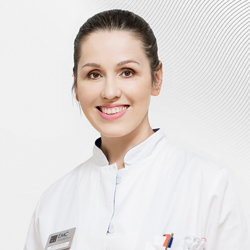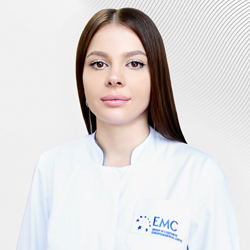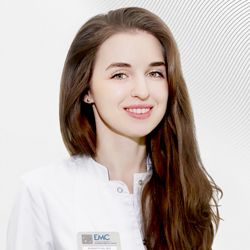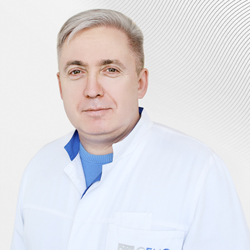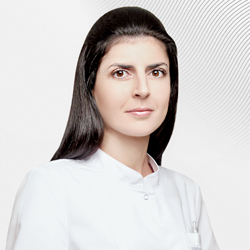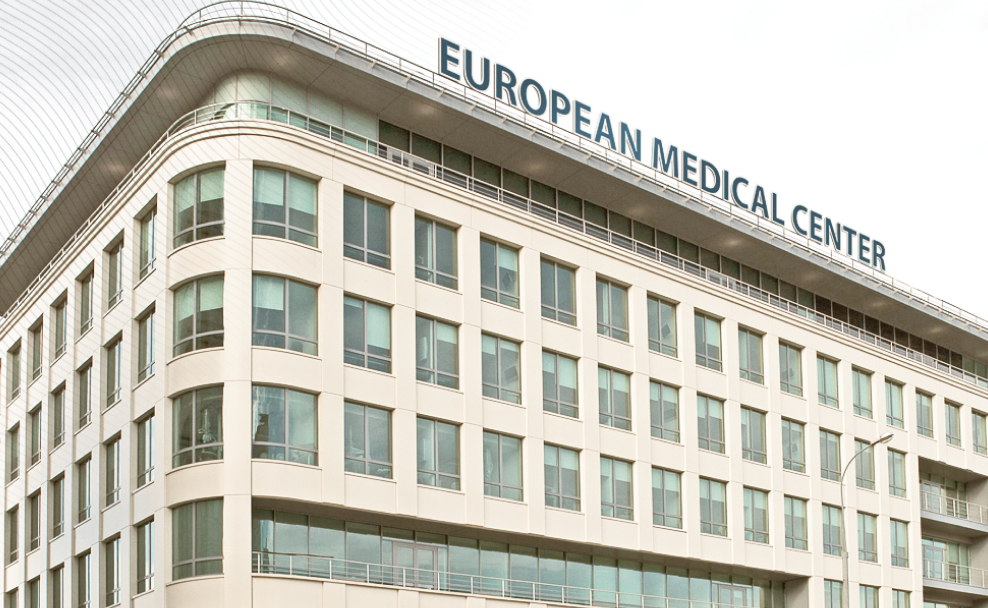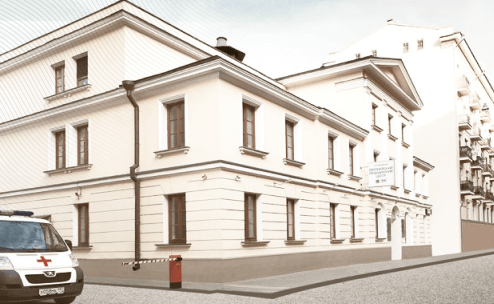Irina Vasilieva, Head of Breast Clinic in the European Medical Center in Spiridonievsky pereulok, has answered the questions of the editorial staff of the women’s portal “Beautiful and Successful” related to the most crucial topic – mastopathy.
What is mastopathy? Why it is dangerous for women’s health?
Mastopathy is a background disease mostly common for women in the age between 17 and 45. The main complaints include breast pains caused by neoplasm. Moreover, later the mastopathy has potential to transform into cancer.
Can mastopathy really transform into cancer? Does it occur often?
Nowadays it’s difficult to give a precise answer on this question. To my opinion – yes, the mastopathy can transform into cancer, because somehow it has a common nature with the disease that causes cancer. Mastopathy is a benign neoplasm, and not a malignant process. Nevertheless, it hurts.
There are several types of mastopathy: diffuse, nodal, peripheral, cystic, and fibrous. All these types can be detected during medical examination.
I’d like to point out as well, that this disease has a genetic nature, i.e. it is inherited. There’s enough evidence that women with maternal inheritance of cancer are more exposed to breast cancer.
Why does the mastopathy occur? Who is exposed to it?
Both men and women suffer from mastopathy, but in regard to men this disease has another name. In both cases the diseases is caused by hormonal dysregulations.
As for mastopathy incidence, the women are more exposed to this disease, as they more often suffer from hormonal dysregulations. The main reason for hormonal dysregulation could be diseases of ovaries that produce hormones. Compromised liver function also increases the mastopathy risk. So, if a woman prefers fat and smoked food, drinks alcohol and smokes, she includes herself into the risk group on her own. For example, women smoking over 10 cigarettes a day more often suffer from breast cancer then women who do not smoke at all or smoke less.
The woman can be exposed to mastopathy at any time – at the very beginning of growing-up when the endocrine profile is just being established, and before menopause when endocrine profile is distorted. The mastopathy is a misbalance of the endocrine profile that causes changes in mammary glands.
Nowadays there are many phytoestrogen creams for breast augmentation that are said to be non-hazardous for women’s health? Can breast augmentation creams cause mastopathy?
Based on my practical experience I should say that one should not use any creams that includes of hormones influencing the mammary gland growth. I had patients who had breast pains after several usages of creams with phytoestrogens. One should be very careful with such creams, as they can cause mastopathy – we “inject” a new hormone in our body and have no idea how the body will react on it.
How the women usually detect mastopathy?
Main characteristics of mastopathy are breast pains that are subject for examination by breast physician and gynecologist.
If a woman suffers from severe breast pains that haven’t been before, she is subject to neoplasm examination. Neoplasm can have a size of a pea or a quail egg. But even if a neoplasm is detected, one should not make a diagnosis, this falls only within the doctor’s competence.
How the mastopathy is treated? Is surgical intervention obligatory or rather an extreme case?
The treatment can be non-operative or surgical. Non-operative treatment supposes drug therapy: pills, creams, herb teas. Surgical treatment supposes operative intervention and is applied in much neglected cases. But if a women goes to the doctor in time, in 90 per cent of cases the therapeutic treatment is enough.
What can occur if the mastopathy is not treated?
In such a case it can transform into cancer or adenoid tumors. Adenoid tumors are benign nodes that can transform in cancer if neglected.
How can one do mastopathy examination by oneself?
A woman can do self-examination. This method is common in the United States and Europe. General practitioner or gynecologist teaches how to examine the mastopathy. I consider that regular self-examination of breast is a good habit for a woman that allows tracing of all changes, timely mastopathy identification, and visit to the doctor.
The examination procedure is very simple: in a comfortable lying or sitting position one should palpate the breast in order to detect neoplasm. This should be done at least three times a month. If something seems to be wrong, an ultrasound investigation is required to confirm or reject mastopathy.
The most important thing is regular annual examinations by the breast physician. Ultrasound and x-ray examinations belong to good diagnostics methods.
In the United States the first screening is done at the age of 35, but there are no restrictions for doing it at the age of 30. The earlier the changes are detected, the more chances there are to treat them.
How can one avoid mastopathy? Are there any rules to follow?
- First, self-examination. This really proves to be efficient, and this is a common practice of health care for many women in western countries.
- Second, one should regularly visit general physician, gynecologist and breast physician, if there’s a positive family history.
- Third, one should restrict consumption of fat food and alcohol, as well as smoking.
- Fourth, in 90 per cent of cases mastopathy is caused by abortion, while childbirth harmonizes and smoothes women’s endocrine profile.
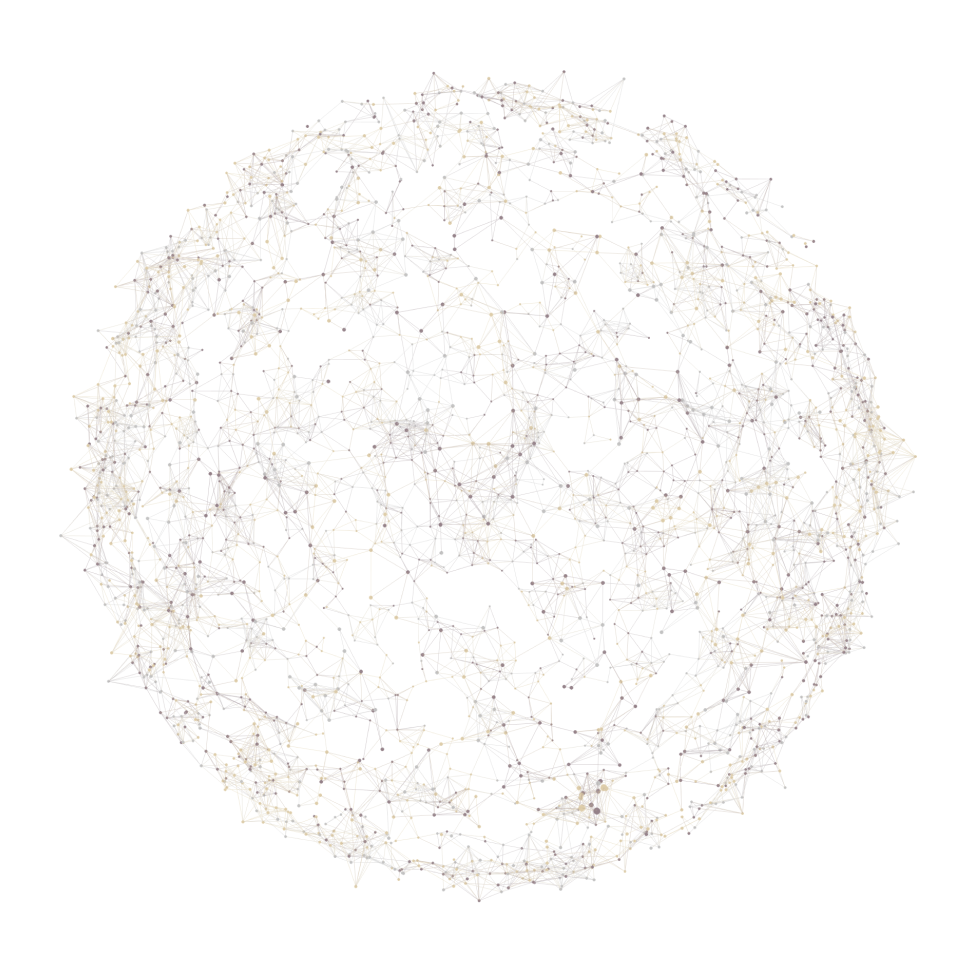
 Write to WhatsApp
Write to WhatsApp